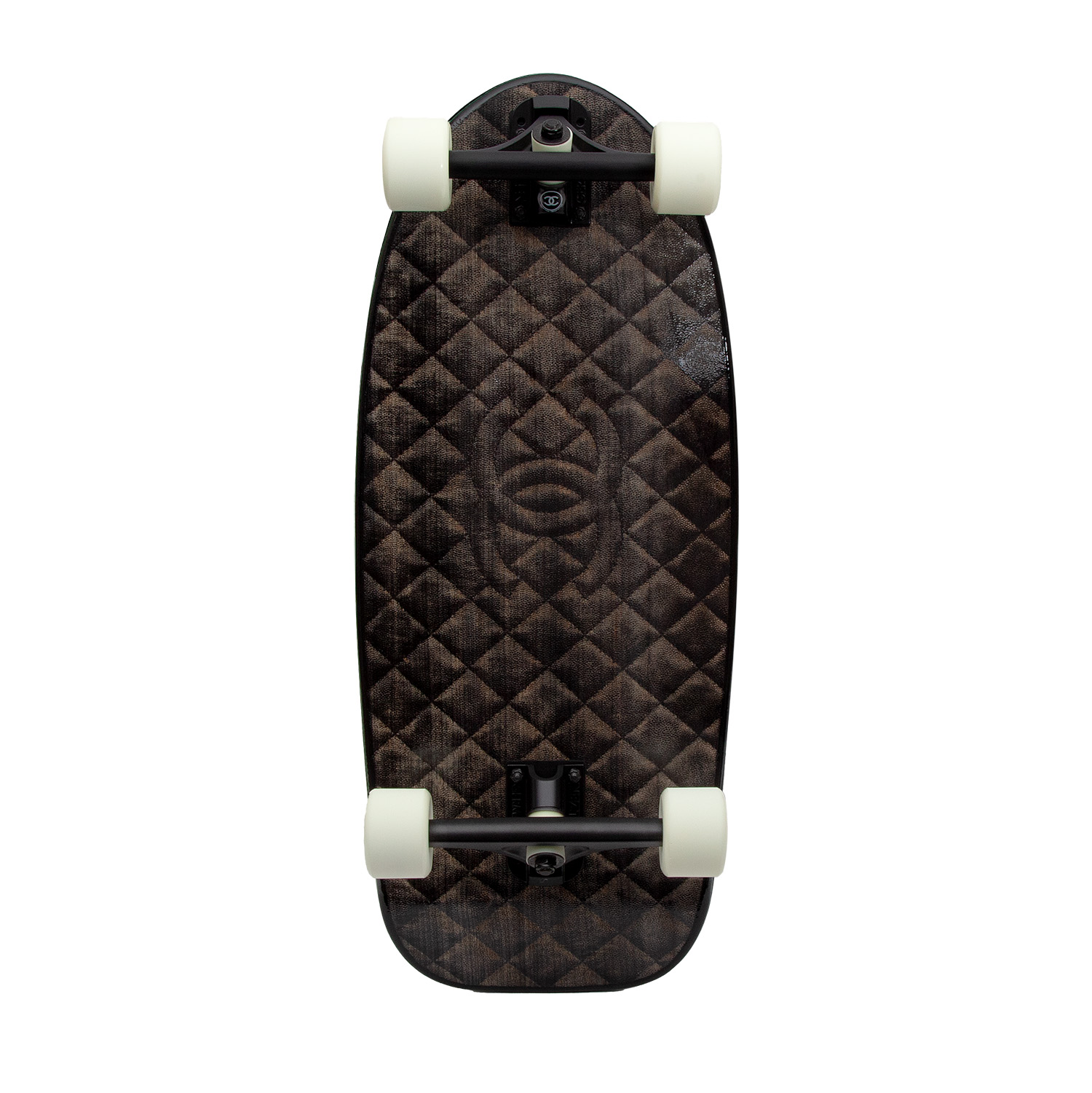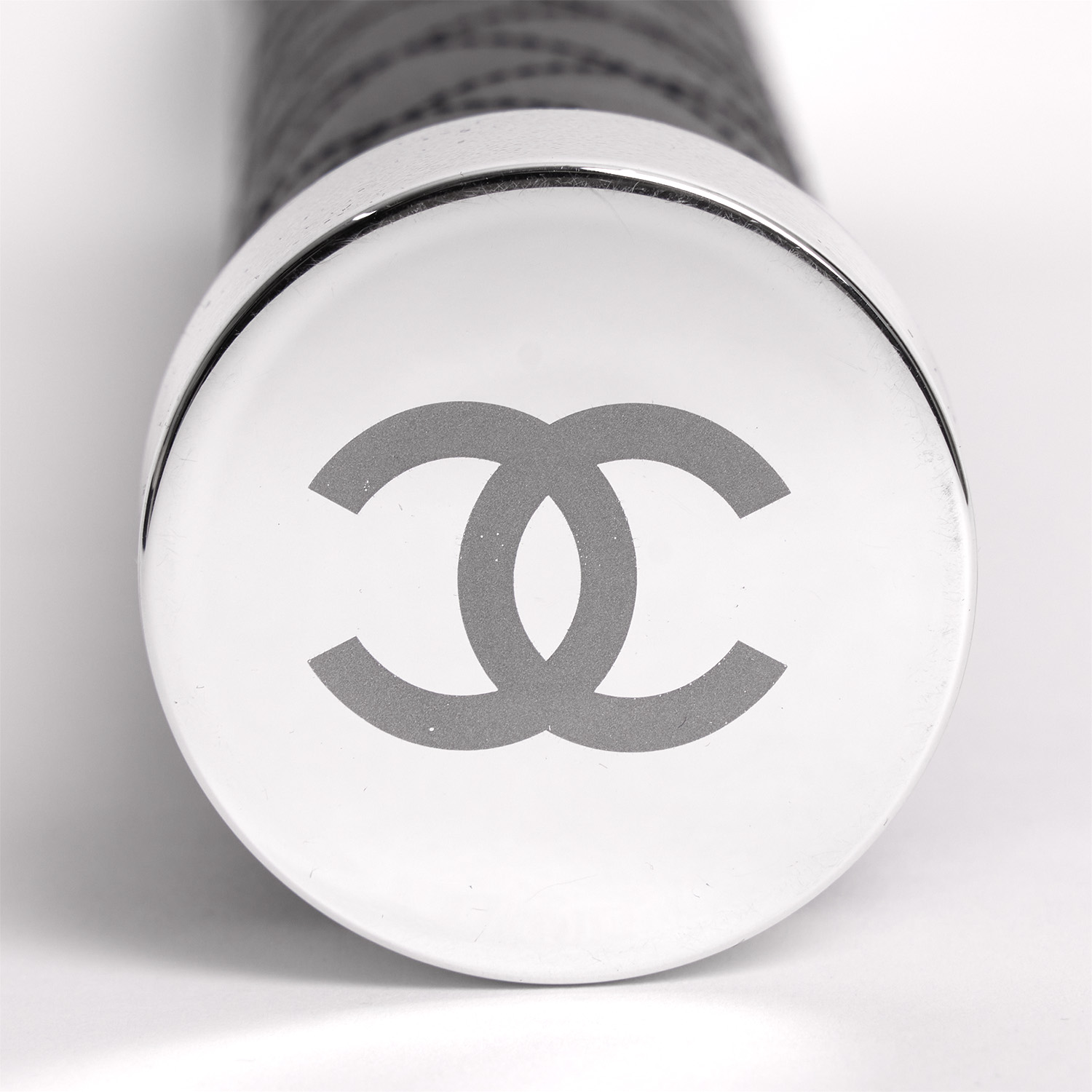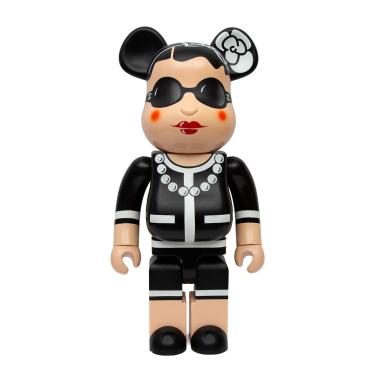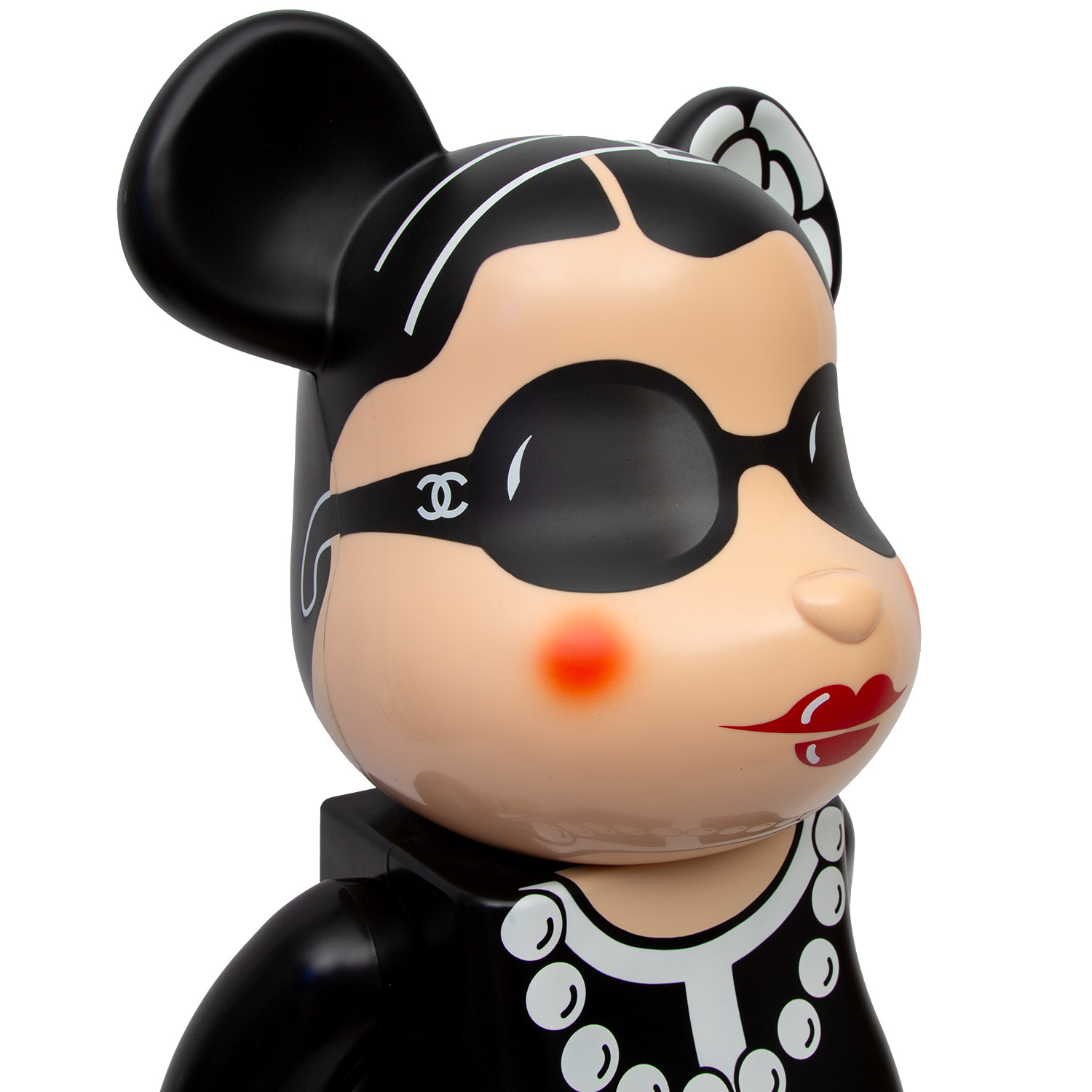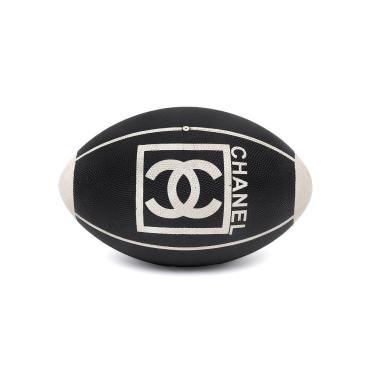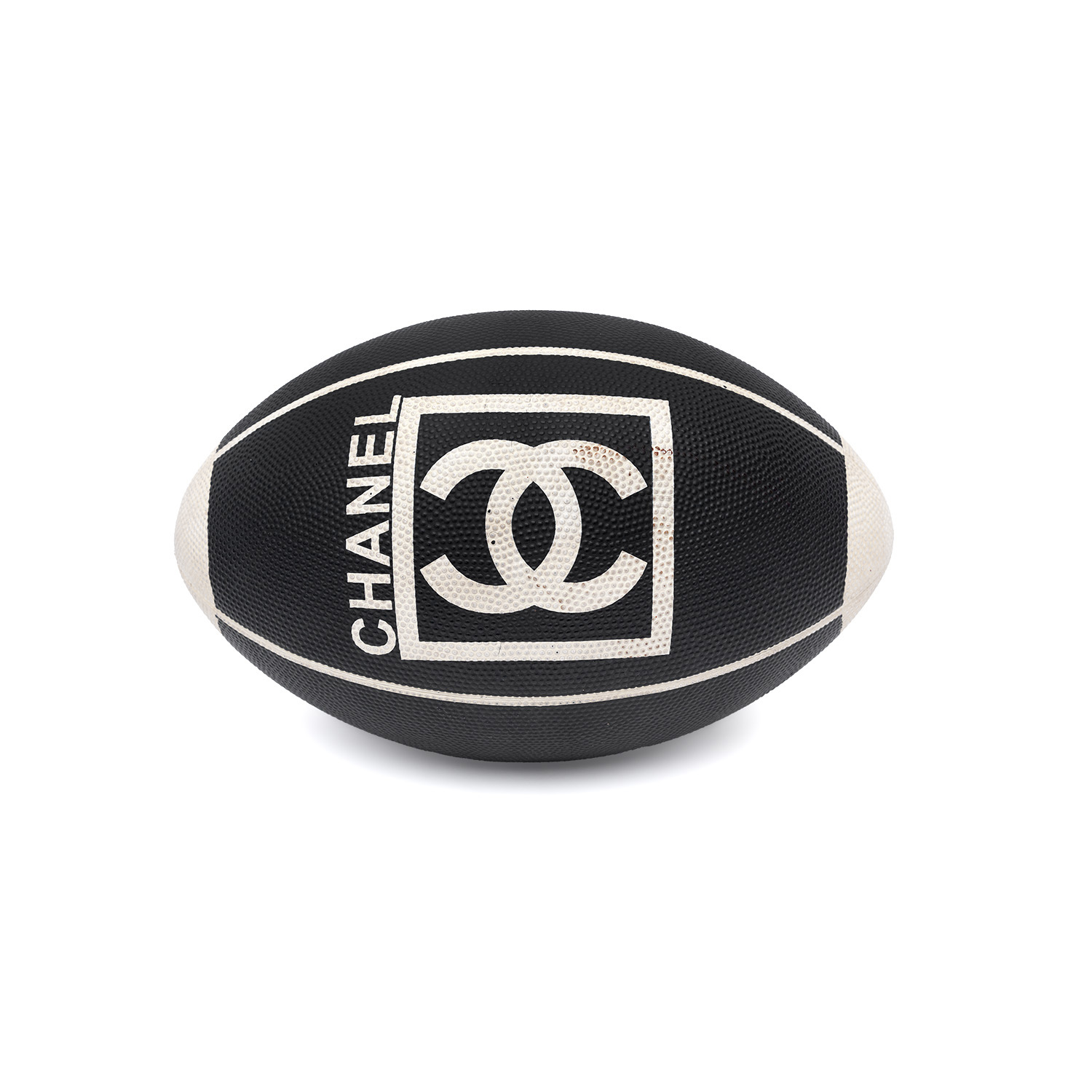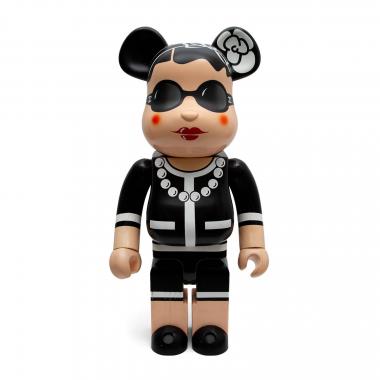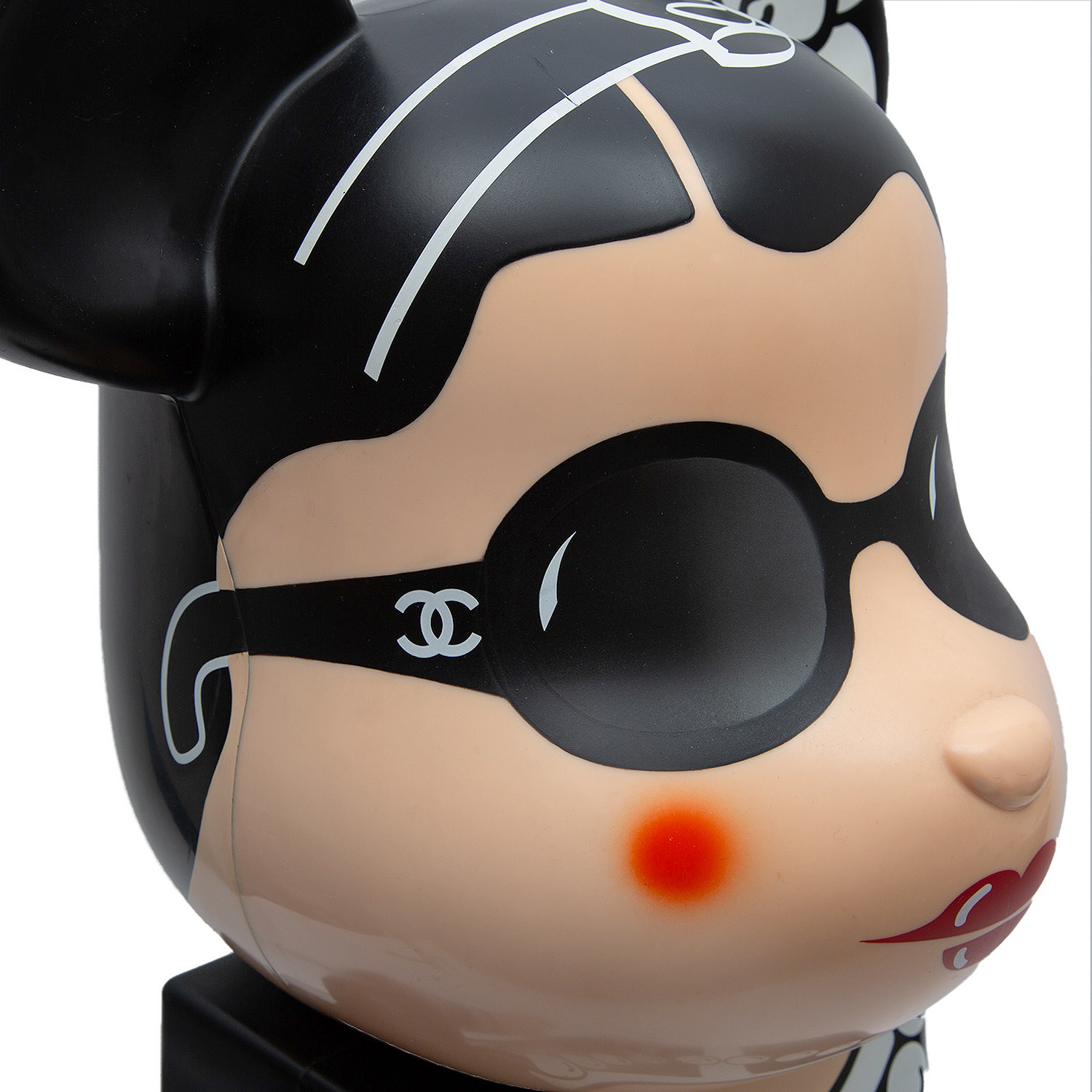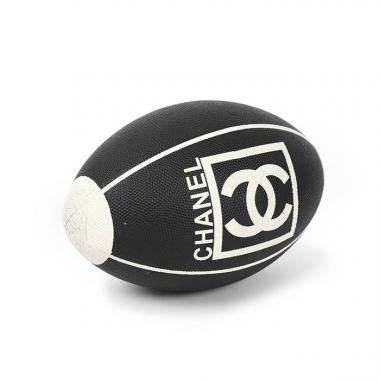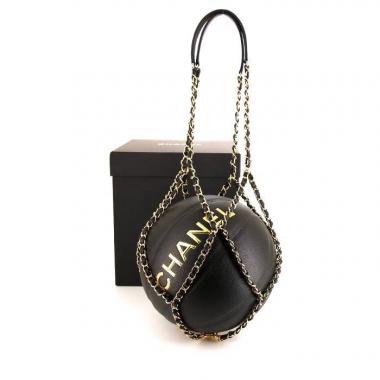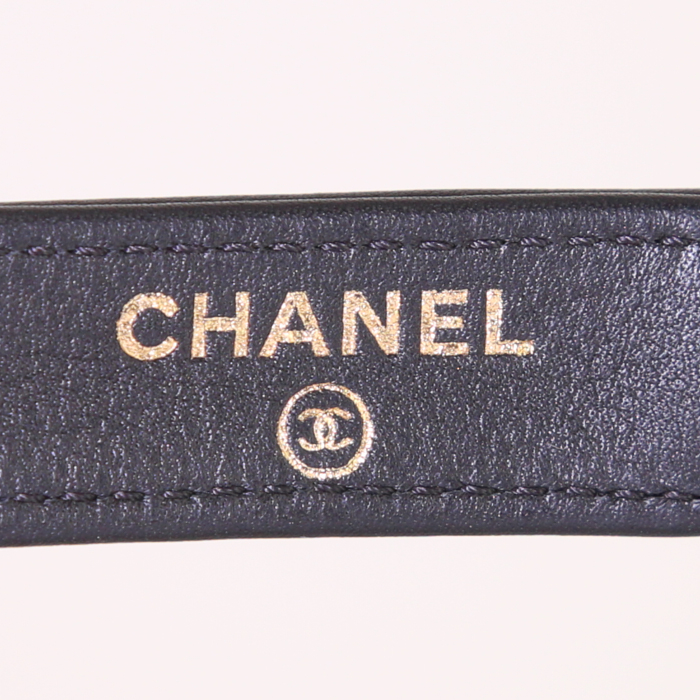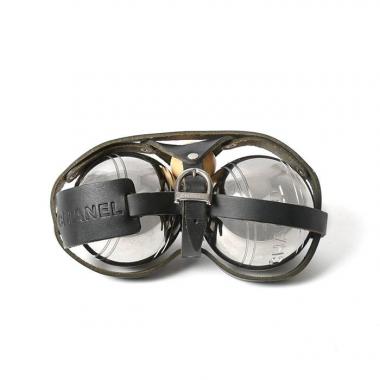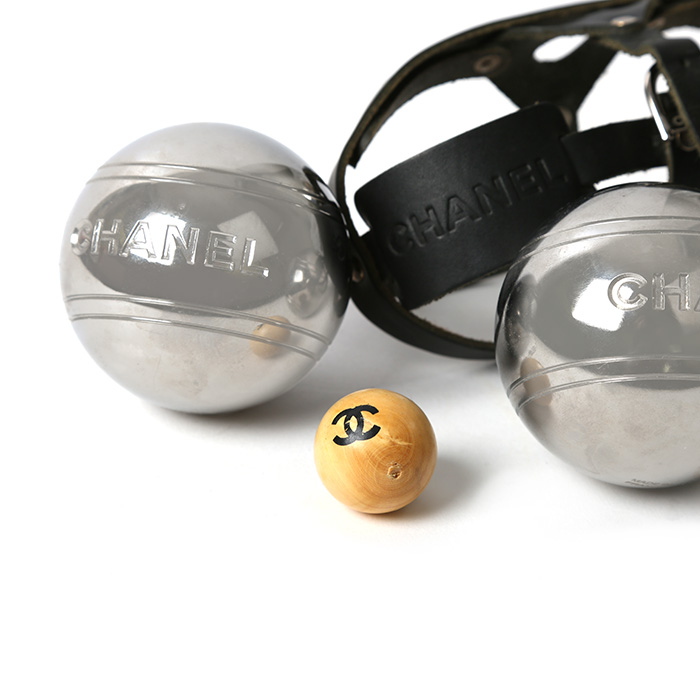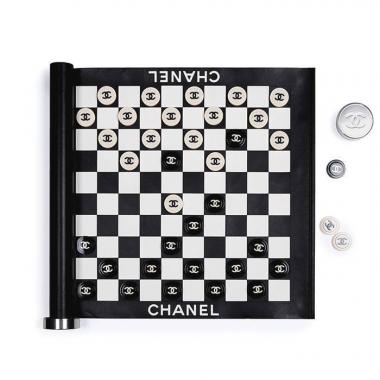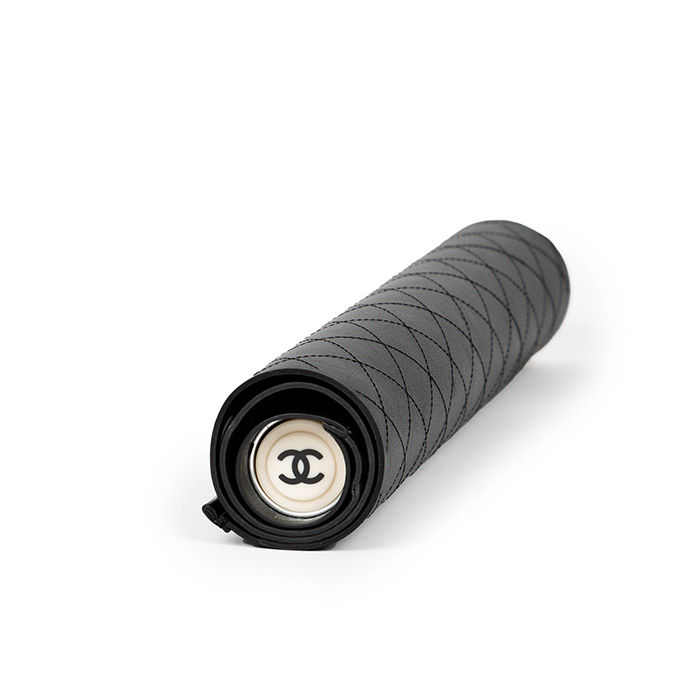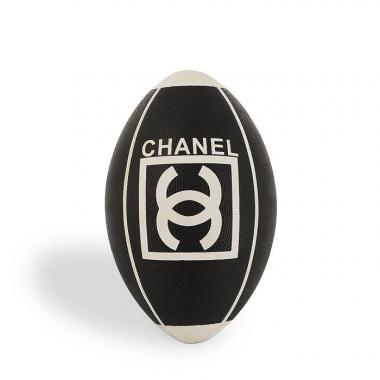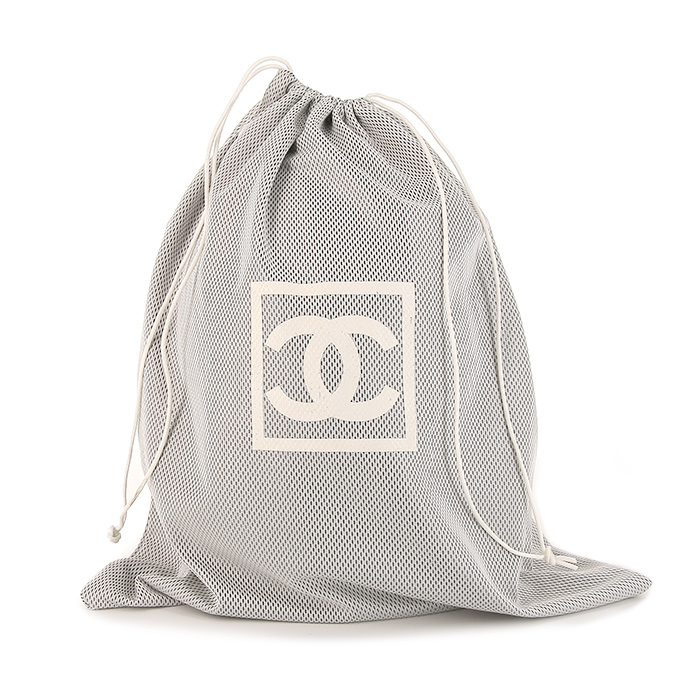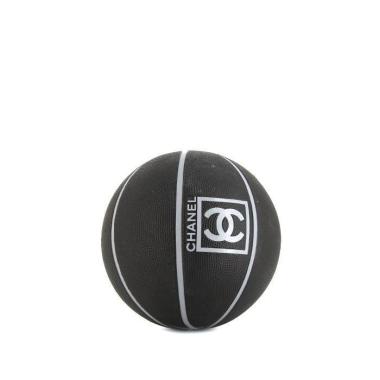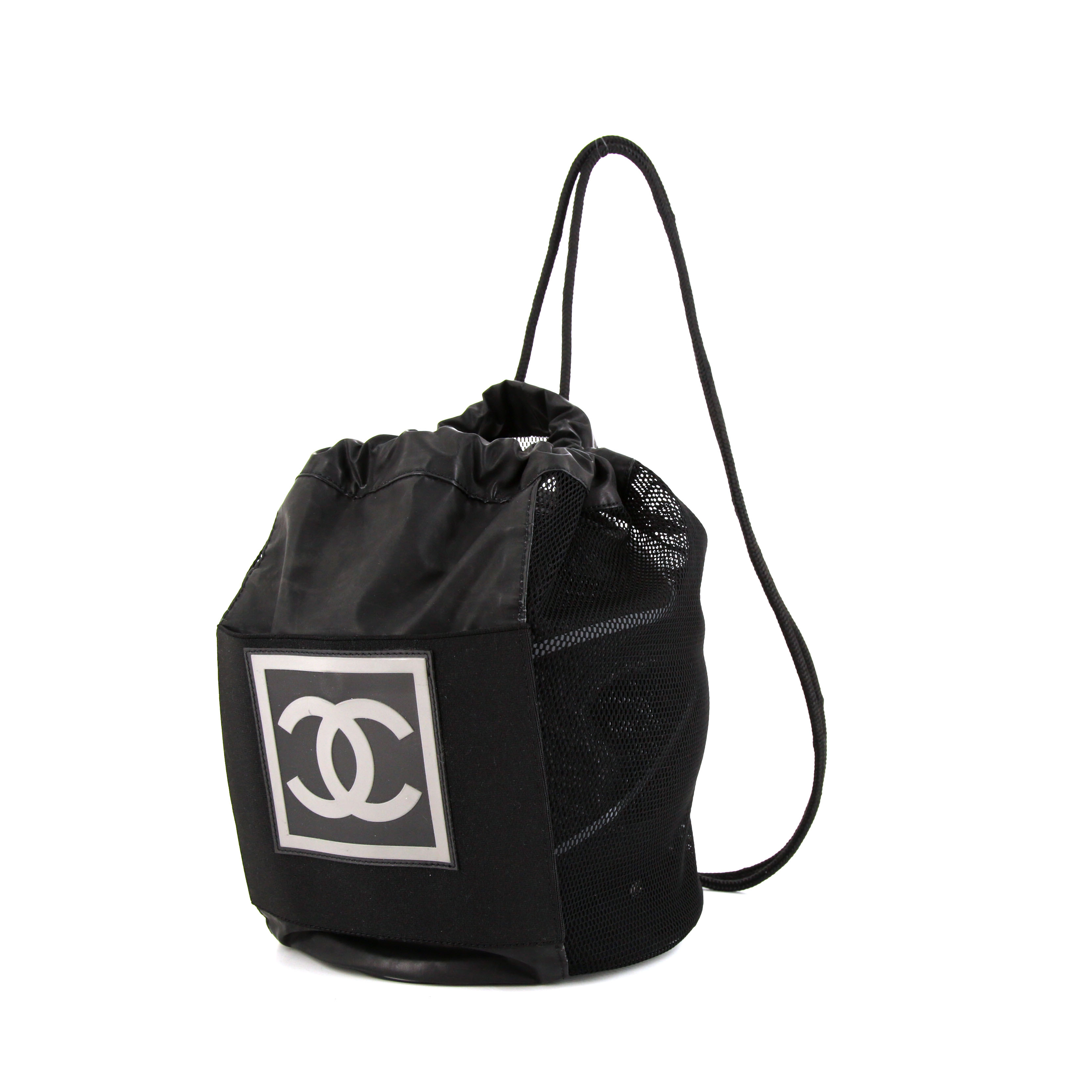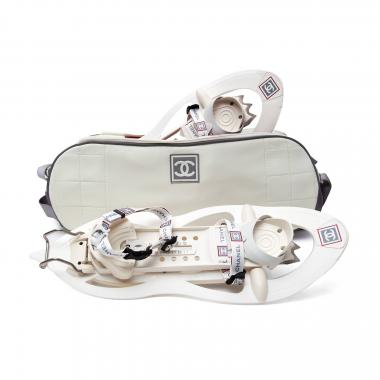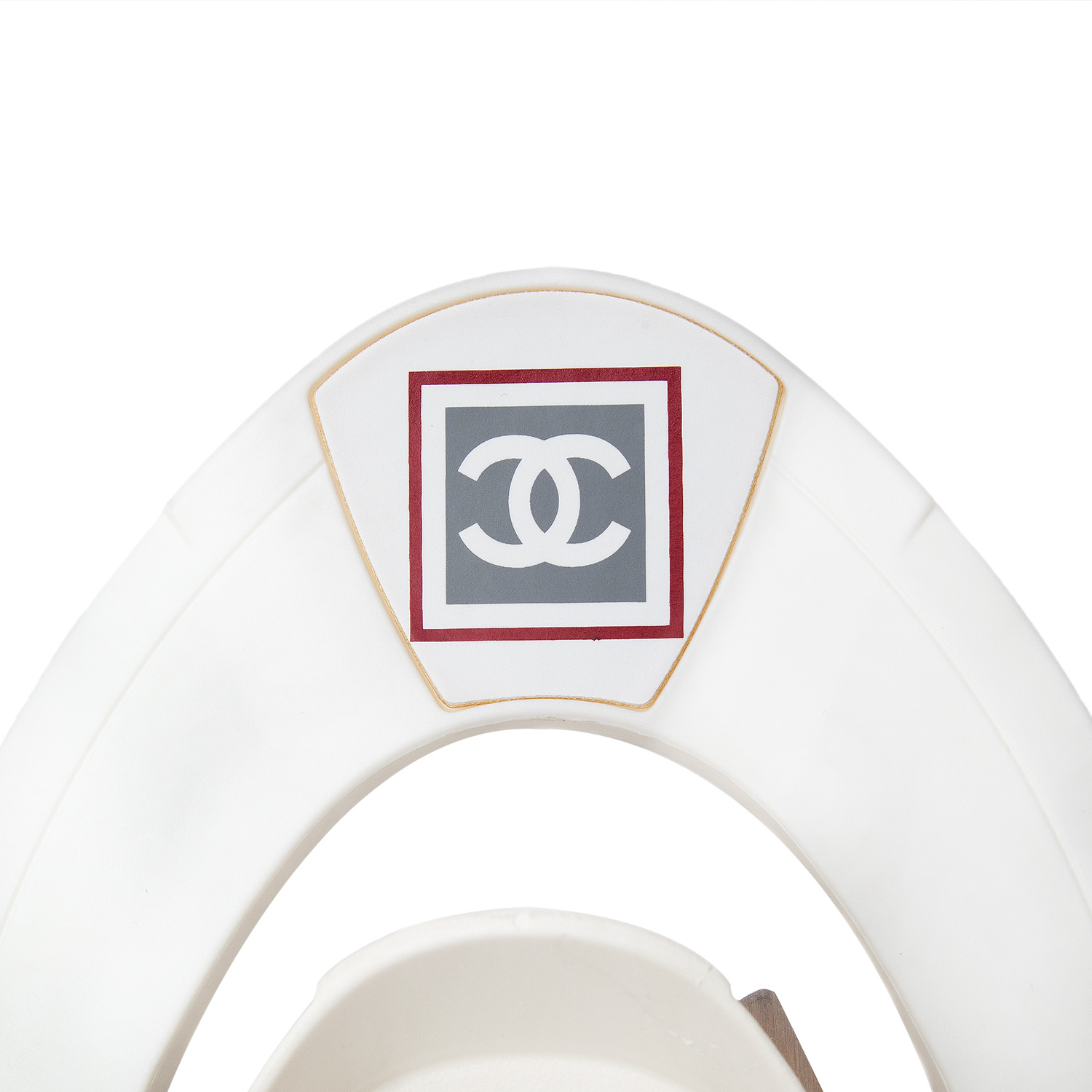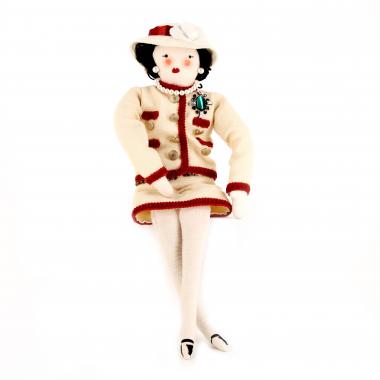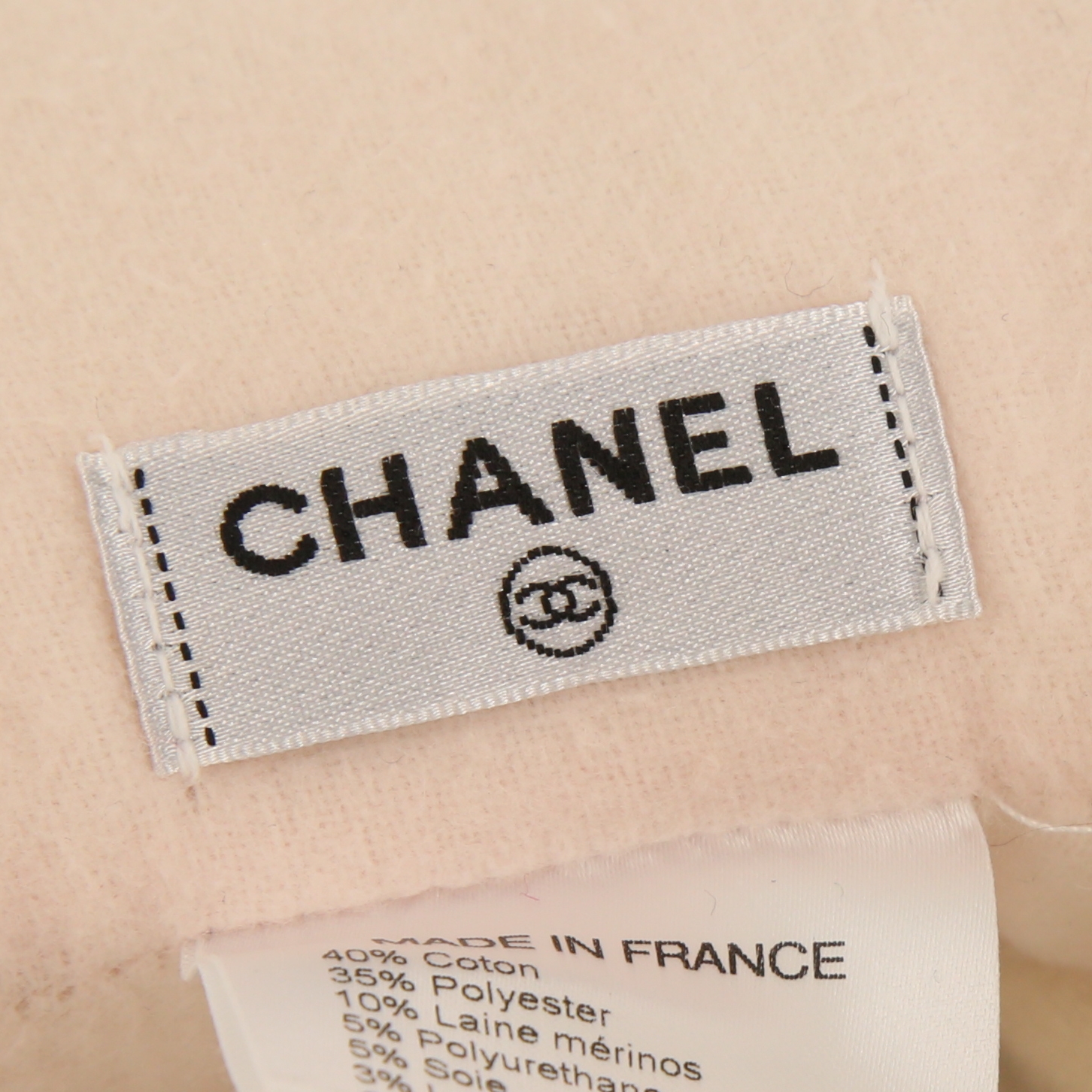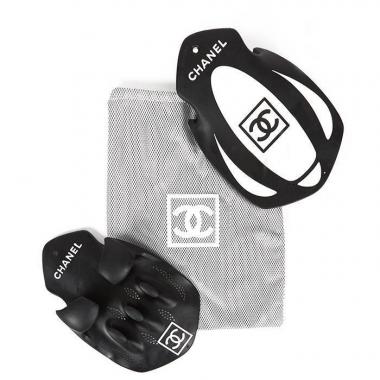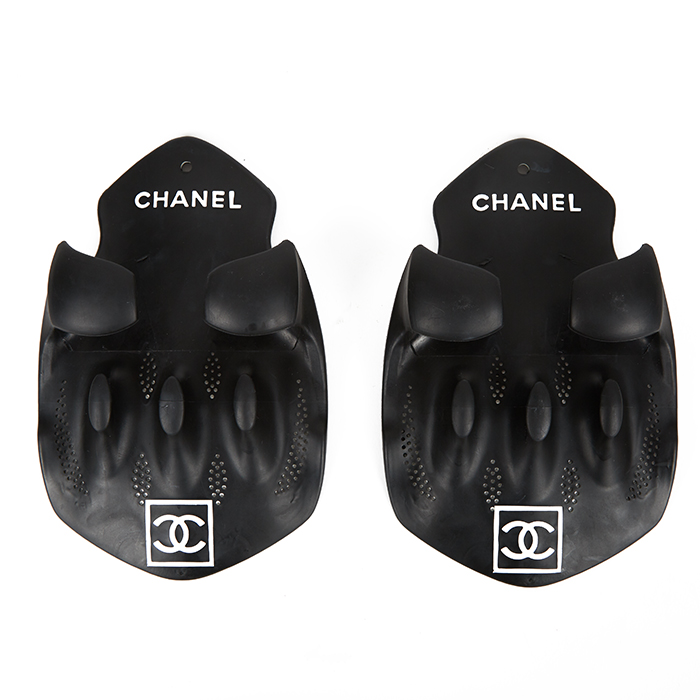Collectables Chanel
-
Chanel, Skateboard - 2019
5,850 €
-
Be@rbrick 1000% - Coco Chanel - 2006
14,500 €
-
Jeu de Dame - 2021
2,650 €
-
CHANEL x MEDICOM (Limited Edition), Be@rbrick 1000% - Coco Chanel - 2006
This item is no longer available
-
CHANEL, Rugby ball - circa 2000
This item is no longer available
-
CHANEL x MEDICOM (Limited Edition), Be@rbrick 1000% - Coco Chanel - 2006
This item is no longer available
-
Chanel Editions Limitées Rugby ball in black and white plastic
This item is no longer available
-
CHANEL x MEDICOM (Limited Edition), Be@rbrick 1000% - Coco Chanel - 2008
This item is no longer available
-
Chanel, Rugby ball, sport accessory, in black and white grained rubber, limited edition, with the logo and its original dustbag, from the 2000's
This item is no longer available
-
Chanel basketball ball and net, Métiers d'Art Paris-New York 2019 collection, with dustbag and box, from 2019
This item is no longer available
-
Chanel, "pétanque" set including two balls and one jack, limited edition, signed, of 2010
This item is no longer available
-
Chanel, Checkers game, in lamb leather, resin and silver plated metal ,limited edition, signed and monogramed, Collection Spring 2021
This item is no longer available
-
Chanel, Rugby ball, in black and white grained rubber, limited edition, sport accessory, signed, from the 2000's
This item is no longer available
-
Chanel, Basket ball, in black grained rubber, sport accessory, signed, from the 2010's
This item is no longer available
-
Chanel, "pétanque" set including two balls and one jack, limited edition, signed, of 2010
This item is no longer available
-
Chanel, Snowshoe set - Circa 2011
This item is no longer available
-
Chanel, Rugby ball, sport accessory, in black and white grained rubber, limited edition, with the logo and its original dustbag, from the 2000's
This item is no longer available
-
Chanel, rare "La petite Coco" doll, in fabrics and metallic accessories, from 2010
This item is no longer available
-
Chanel, Basket ball, in black grained rubber, sport accessory, signed, from the 2010's
This item is no longer available
-
Chanel, two hand flippers, sport accessory, in black and white rubber, dustbag, signed
This item is no longer available
14-days return policy
Recently viewed
Explore
Our most sought-after ranges
by brand, collection or category.
Expertise Collector Square and Chanel serial number guide
Collector Square offers you more than 500 Chanel bags, which, after having been carefully selected for their perfect condition and desirability, are appraised and authenticated by our expert Jérôme Lalande, renowned for his expertise in fine leather goods.
Starting in the mid-1980s, each Chanel bag was sold with an authenticity card with an embossed serial number. The latter also appears on a sticker placed on the inside lining of the Chanel bag.
From the 2000s, this sticker indicating the serial number bears the Chanel logo consisting of a double C and is protected by a hologram film so that the number cannot be modified or erased. This sticker is now commonly known as a "hologram".
The sticker, Chanel logo and hologram design may vary slightly depending on the date of manufacture of the Chanel handbag.
Some second-hand Chanel bags do not have a hologram sticker, either because they were marketed in this way by Chanel (bags sold by Chanel before the appearance of holograms or in the context of private sales), or because the hologram sticker, designed so that it cannot be repositioned, has naturally come off.

